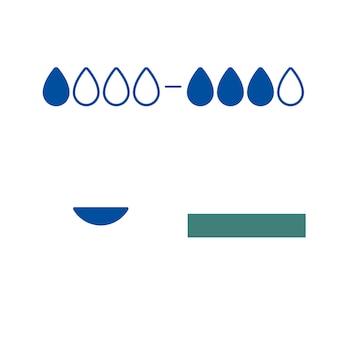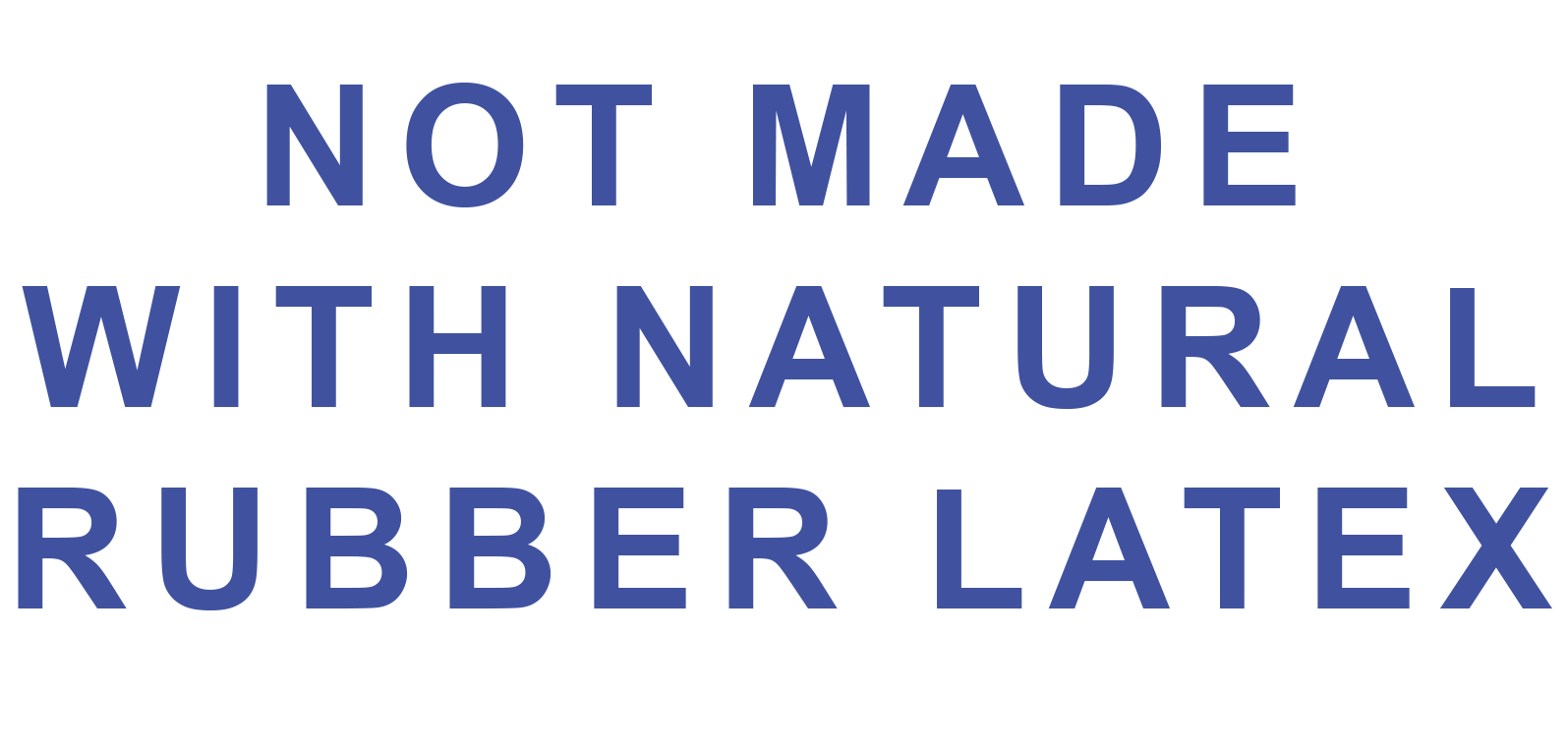is a hydrophobic microbe binding wound dressing, based on Sorbact® Technology, designed for the sacral area. The green Sorbact® wound contact layer allows passage of wound exudate into the absorbent silicone-coated polyurethane foam dressing. The super-absorbent stripes are designed to lock away wound exudate within the dressing, minimizing the risk of potential skin macerations. The dressing has a border with a silicone adhesive, which allows for atruamatic removal.
- For use in infection wound management
- Safe removal of hydrophobic microbes
- Effective against most common resistant pathogens











